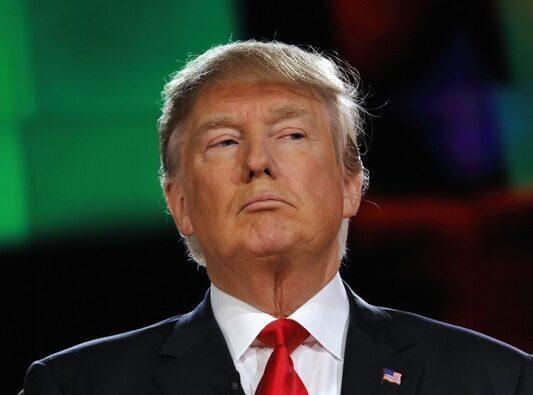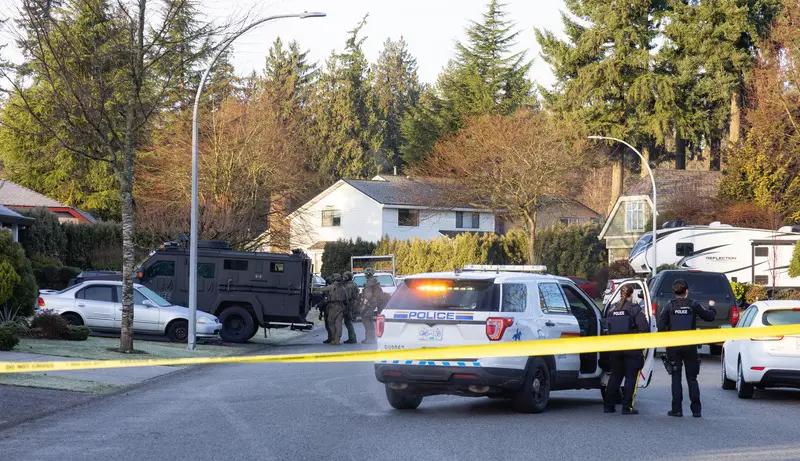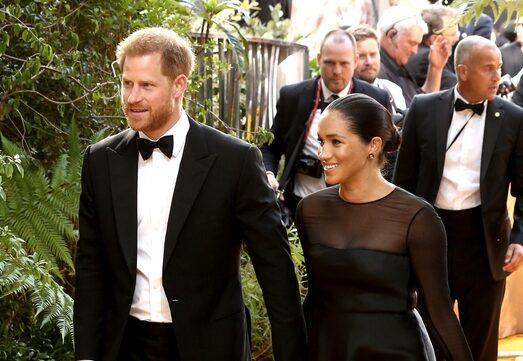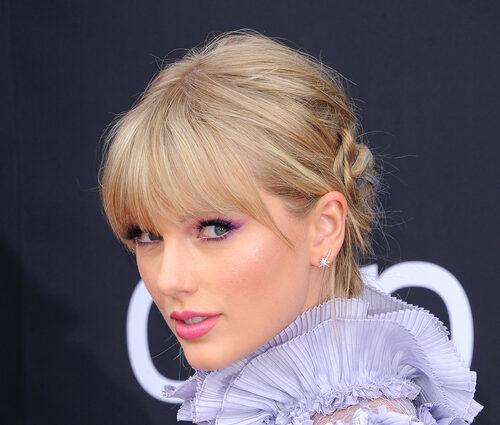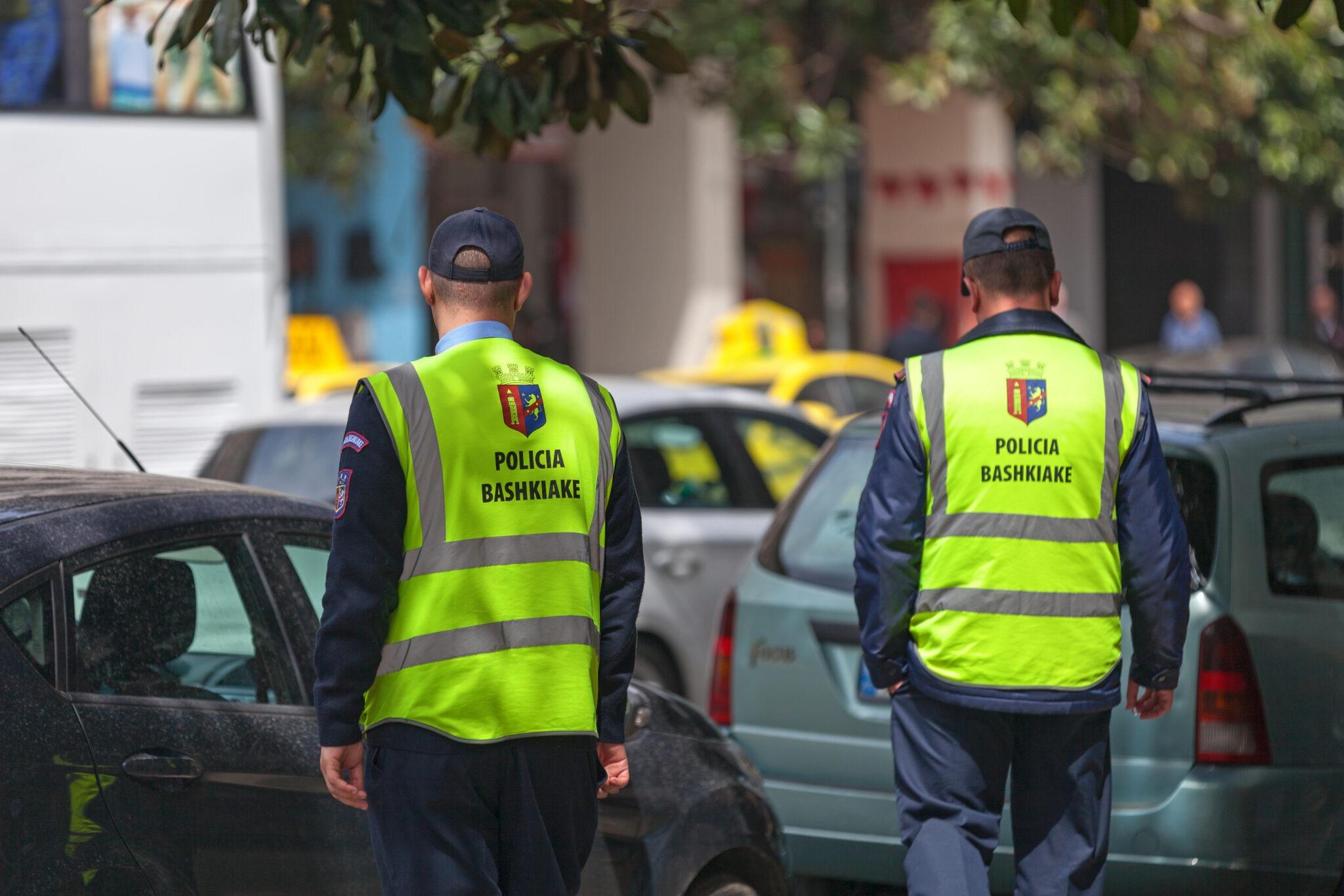President Donald Trump and Indian Prime Minister Narendra Modi moved to de-escalate weeks of mounting tensions between the two nations on Tuesday night, September 9, 2025, announcing the resumption of stalled trade negotiations through coordinated social media posts.
Trump posted on Truth Social Tuesday evening that he was pleased to announce India and the United States were continuing negotiations to address trade barriers between the two nations. The president described Modi as a very good friend and expressed confidence there would be no difficulty reaching a successful conclusion for both countries.
Modi responded on X, describing India and the U.S. as close friends and natural partners. The Indian leader indicated he was confident their trade negotiations would unlock the limitless potential of the India-U.S. partnership and expressed anticipation for speaking with Trump in the coming weeks.
The coordinated announcements marked a dramatic shift from recent hostilities between the world’s two largest democracies. As recently as Friday, September 5, Trump had posted on social media suggesting that America had lost India and Russia to China, accompanied by an image of Modi walking hand-in-hand with Russian President Vladimir Putin and Chinese President Xi Jinping.
The conflict escalated this summer when the United States imposed a 25 percent tariff on Indian exports after the countries failed to strike a trade deal. Trump subsequently increased those tariffs to 50 percent in late August due to India’s significant purchases of Russian oil, part of his effort to pressure Russia amid the ongoing war in Ukraine.
India, the second-largest purchaser of Russian oil globally, objected to being the only nation subject to Russian oil tariffs while China, the largest purchaser, and Turkey, the third-largest purchaser, remained untouched. The Financial Times reported Tuesday that Trump had asked the European Union to impose tariffs of up to 100 percent on China and India over their Russian oil purchases.
Trump also repeatedly angered Indian officials in recent months by insisting he played a role in mediating peace after a brief armed conflict between India and Pakistan in May. India has consistently maintained it will not accept mediation regarding Pakistan and that agreements between the two countries must be negotiated bilaterally, a position Modi emphasized during a June call with Trump.
Modi appeared to signal India’s diplomatic independence in late August by posting on social media, highlighting close interactions with Chinese leader Xi Jinping and Russian President Putin at a conference in China. The display worried observers who preferred to see India maintain distance from China and Russia.
Both sides had made recent conciliatory gestures before Tuesday’s breakthrough. India slightly reduced its Russian oil purchases in late August, while Trump nominated close confidant and personnel chief Sergio Gor as the next ambassador to India, a move widely interpreted as positive for bilateral relations.
As recently as Friday, September 5, Trump had promised he would always be friends with Modi while acknowledging he did not like what the Indian leader was doing at that particular moment. Former Trump administration official Mark Linscott, who was involved in negotiations with India during Trump’s first presidency, attributed the de-escalation to productive conversations with adults in the room rather than any single concession from either side.
Lisa Curtis, who served as deputy assistant to the president and National Security Council senior director for South and Central Asia during Trump’s first administration, noted that both sides had shown signs of moving toward each other in recent weeks. She indicated the leaders appeared to be building on these positive steps.
The breakthrough comes as trade negotiations between the two countries had been effectively paused following the tariff escalation. Modi’s post on X indicated that teams from both countries are working to conclude discussions at the earliest opportunity, with both leaders committed to securing a more prosperous future for their peoples.
Linscott noted that more work remains in figuring out a compromise on Russian oil purchases, but characterized the development as a positive sign that both sides want to step back from confrontation and return to striking a trade deal.
